Outing to Vinča
The Belgrade ground rests on numerous settlements dating back in the Neolithic, the settlements we are treading through today, not suspecting that we are walking above the Neolithic Belgrade. The only one locality that the lovers of prehistorical treasure can visit is the locality of Vinča – on the very riverbank of the Danube, only about fifteen kilometers away from the city center. The thousand-year-old strata of the ten-meter-high hill preserve the remains of the biggest prehistoric settlement in our country.
According to the assumptions made by a few generations of archaeologists, the Neolithic culture developed from 6200 to 4650 BC and the most significant sites are those of Starčevo and Vinča. As the oldest cultural group, the culture of Starčevo was named after the site in the vicinity of the village of Starčevo nearby the town of Pančevo. The culture of Vinča spread across the huge space from Transylvania to the Valley of Skopje and possessed the territory larger in size than any other European Neolithic culture.
In Vinča, about twenty kilometers away from the center of Belgrade, there is the site of Belo brdo (White Hill). The richness of the findings confirms that it was one of the main centers of trade and craftsmanship of that age… This is exactly the place where the members of the Vinča culture population stayed for a full thousand years, namely from 5200 to 4600 BC. They lived in the houses raised in the regular building system in rows, without gardens or private plots. The reconstruction of the settlement leaves an impression of a settlement characterized by an “urbanistic solution”.
Miners, land tillers, merchants
The findings tell the story about a magnificent settlement from the time when trade was flourishing and no wars were being waged. The position of the Vinča settlement could provide an explanation of its existence for such a long time. Although it was only one out of a large number of settlements on the Danube, not one single settlement existed so long as it did. Its inhabitants were enabled to live there due to the fact that Avala Mount was in its vicinity, from whose excavations they excavated minerals, particularly cinnabarite, from which they derived the demanded and rare cinnabar red color, used for dyeing fabrics, decorating objects and the body. Salt was one of the vitally significant raw materials. The nearest, richest sources of salt were only located a few hundred kilometers away from Vinča, but the position of the town downstream in relation to the salt deposits enabled its transport by floating logs. All the said conveniences had a crucial influence on the longevity of the settlement. It is not known which ethnic group they belonged to; nor is the language they spoke known, either.
Father of Serbian archaeology
Miloje M. Vasić – the first Serbian educated archaeologist – was the author of the first archaeological research studies in Vinča in the first half of the 20th century. He showed the world the beauty of the findings of the Vinča civilization, which reverberated as a first-class sensation. Thanks to the findings, first of all to the anthropomorphic figurines, Vinča is drawn into the World Cultural Heritage Map for good.

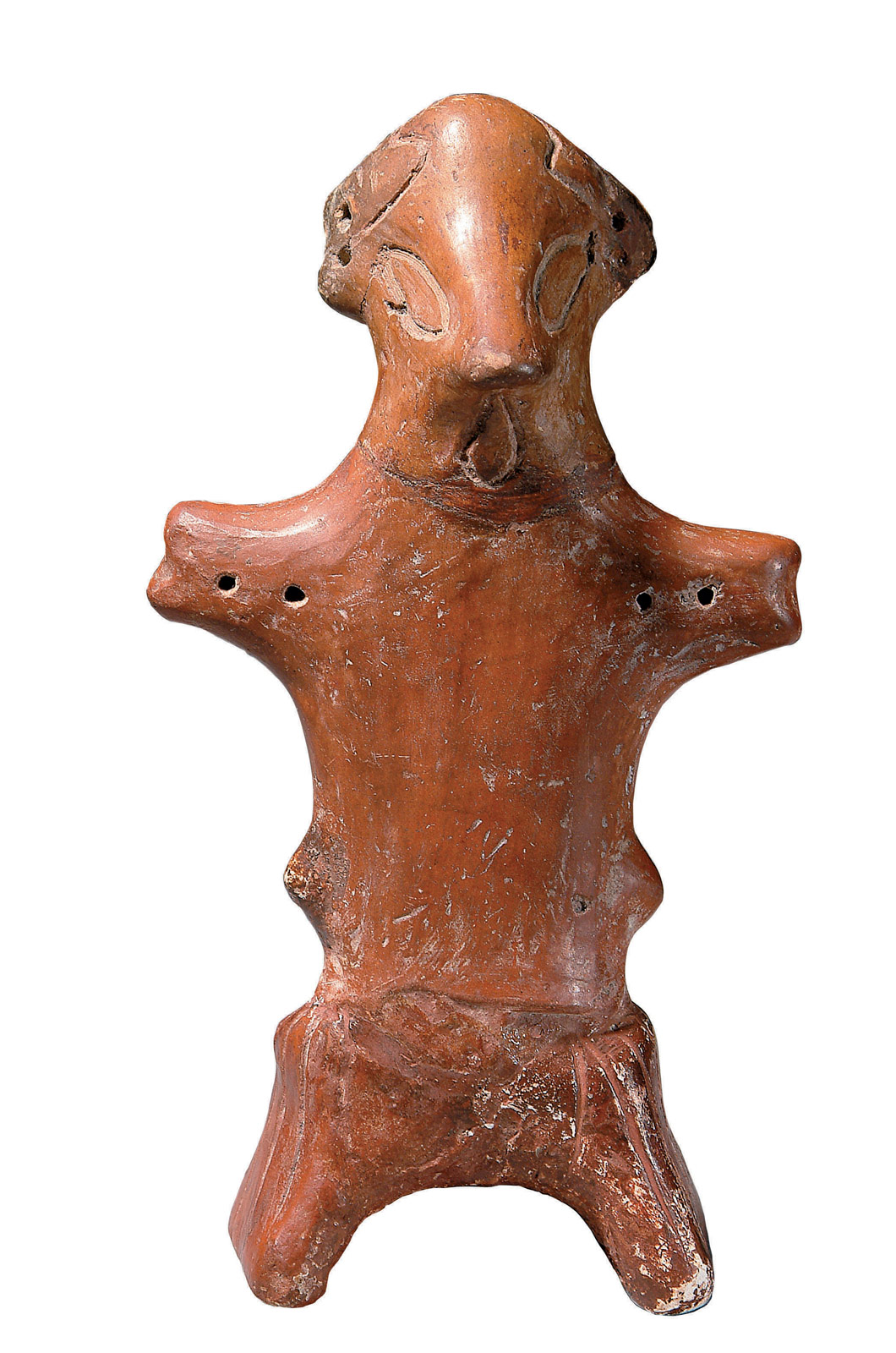
Book on Vinča
If you wish to learn more about the most valuable archaeological objects of the Neolithic culture of Belgrade, we suggest that you should buy the book entitled Život u glini (Life in Clay) by the authors B. Petrović, V. Katić and M. Spasić, published by the Museum of the City of Belgrade, in which over 200 artistic and cult objects of the Vinča culture are presented.
Outing to Vinča
To come to Vinča will take you about half an hour by the bus line 307. If you go by car, you can take the old road to Smederevo or the Belgrade-Niš Highway (Exit at Bubanj Potok).
At the site, guests are welcomed by a curator of the Museum of the City of Belgrade, Dragan Janković, who is broadly known under the nickname Lepi. By telling you a story in an expert fashion, adapting it to those interested in learning history, he will bring you closer to the life once lived in this metropolis of the earliest European civilization. Curator Janković remembers a visit paid by a group of Italian archaeologists: “Just imagine, the Italians, in whose territory there are the most important remains of Ancient Rome, the people whose archaeologists’ hands are always full, after having visited the site, they came to me and said: You’re lucky; you’ve got Vinča! We envy you.”
Relaxing by the Danube
In the end, after seeing the permanent museum display, we suggest that you should relax on the benches placed in the vicinity of entertainment places for children or at one of the three nearby restaurants with a unique belvedere to the peaceful flow of the Danube. Fresh freshwater fish and cold wine will contribute to your identifying yourself with the everyday diet of the Neolithic Vinča culture population.

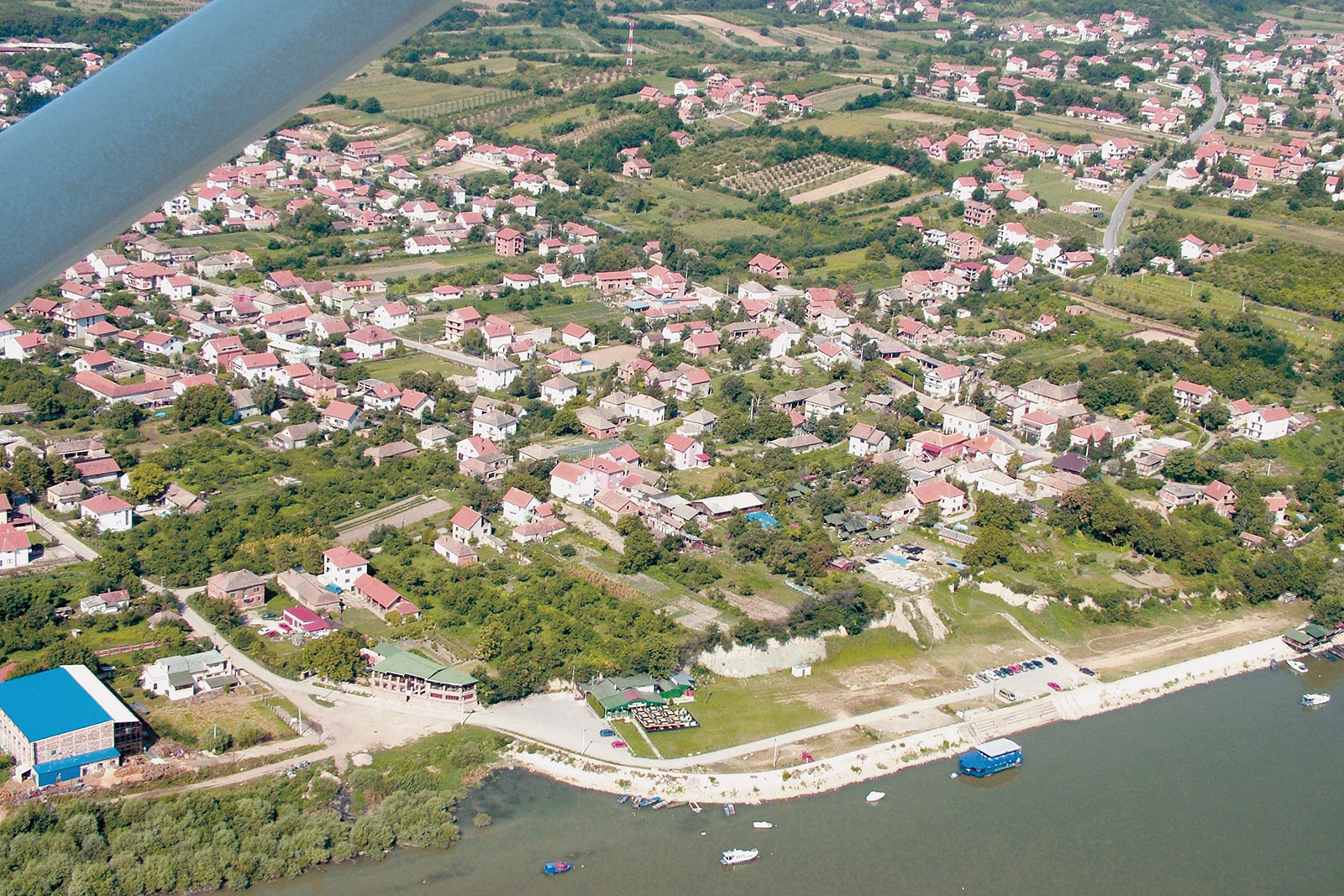

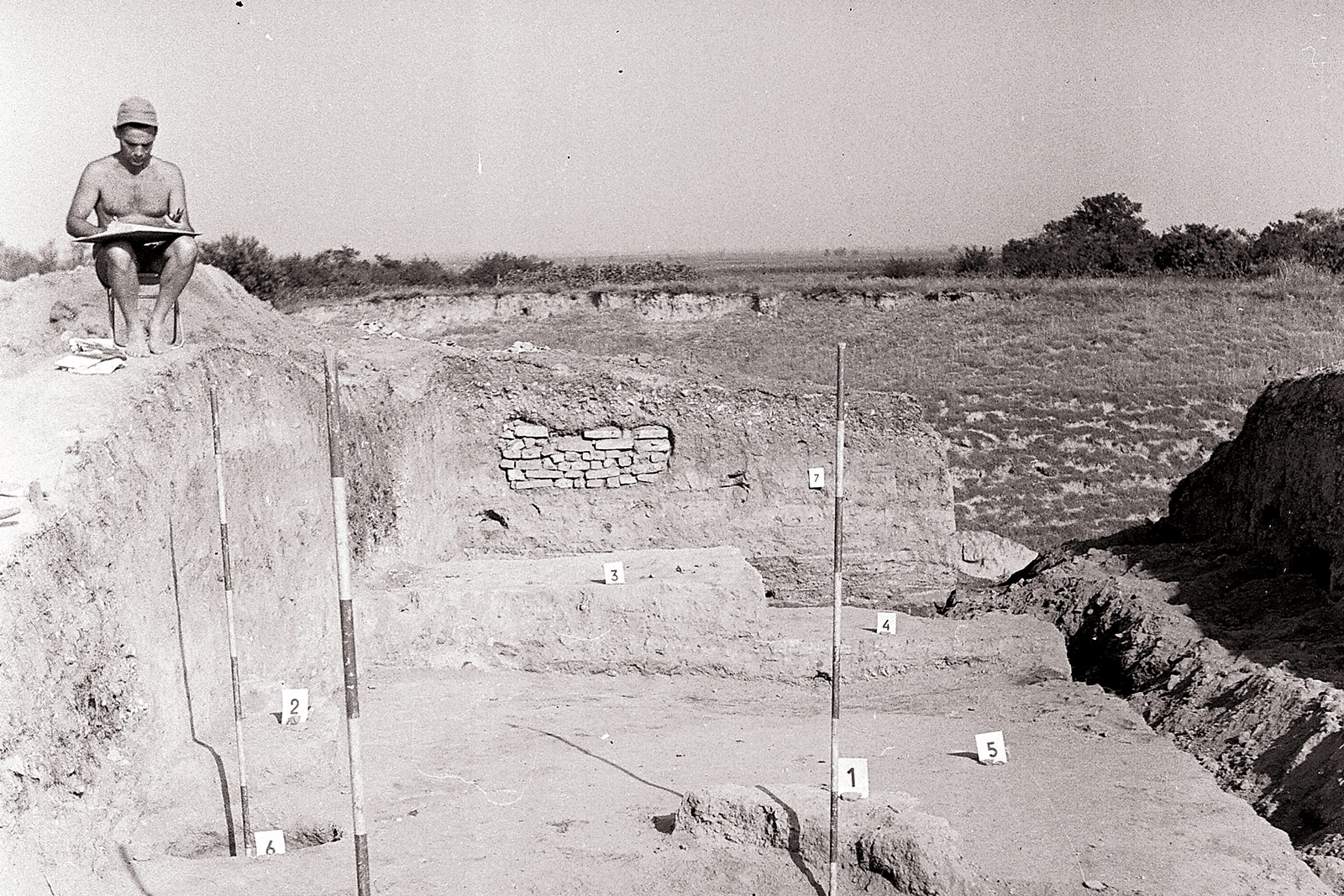
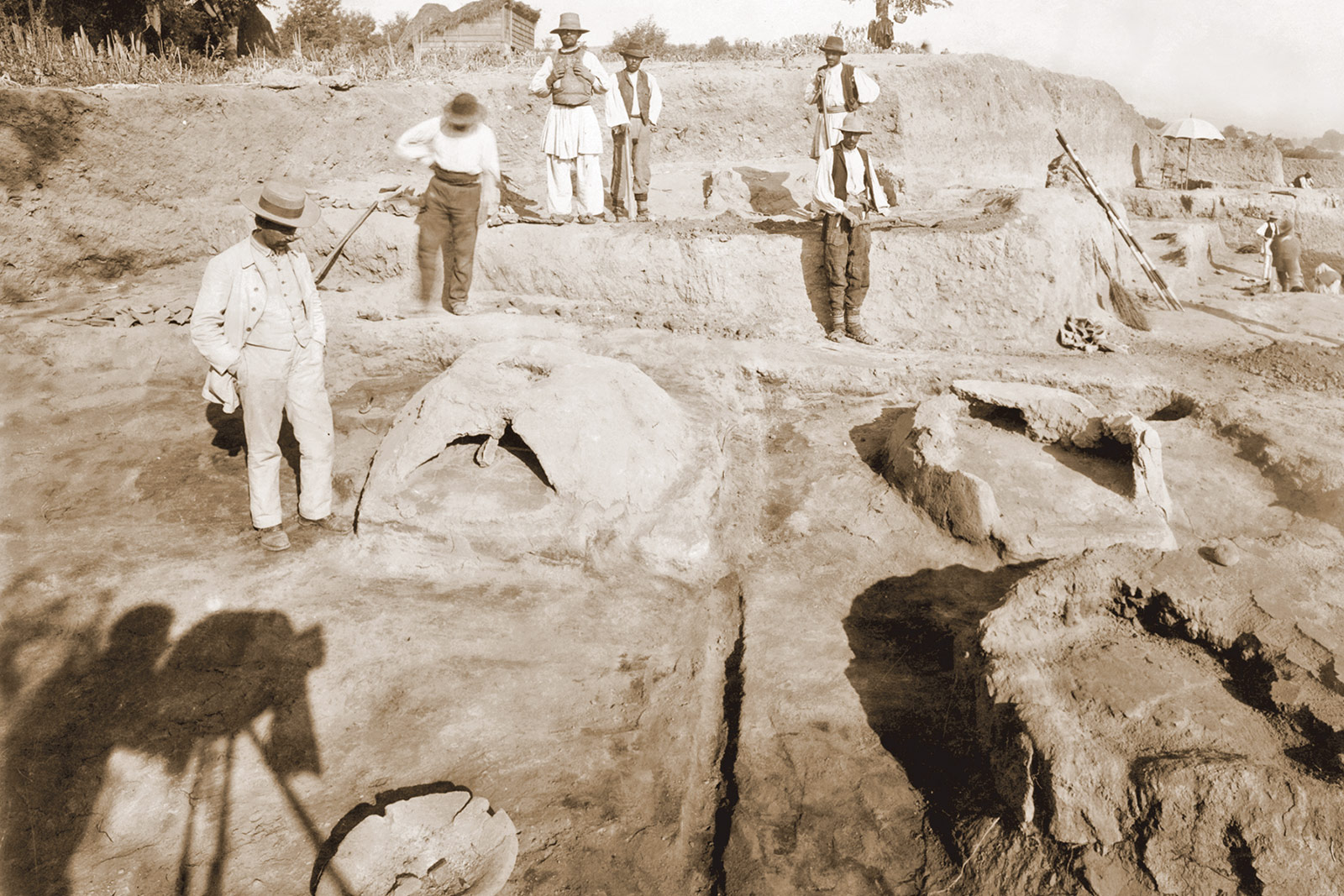
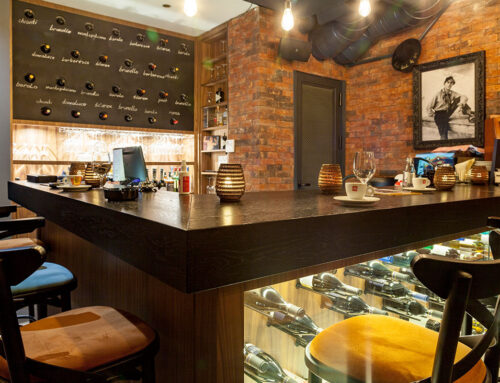

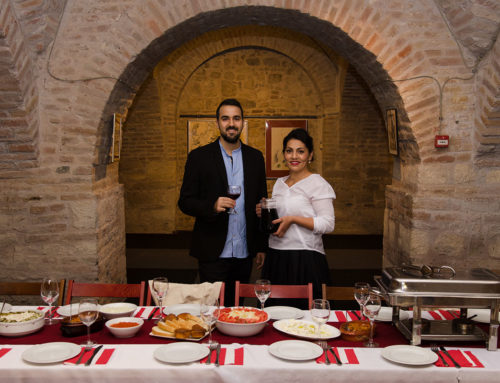
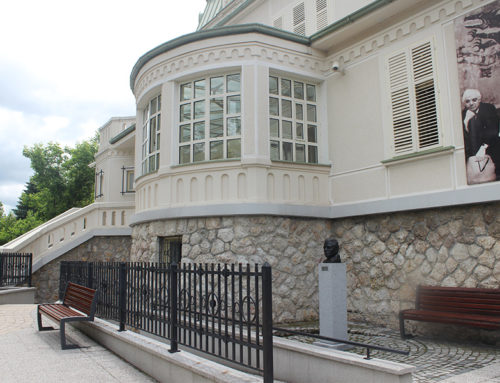
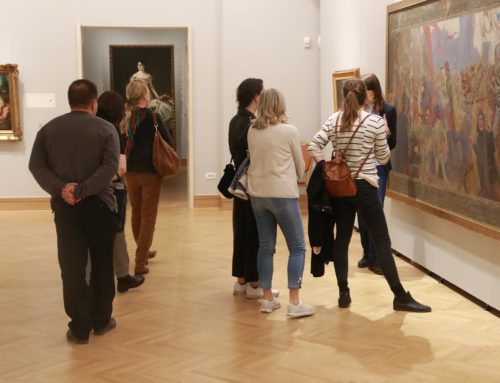

Social Network